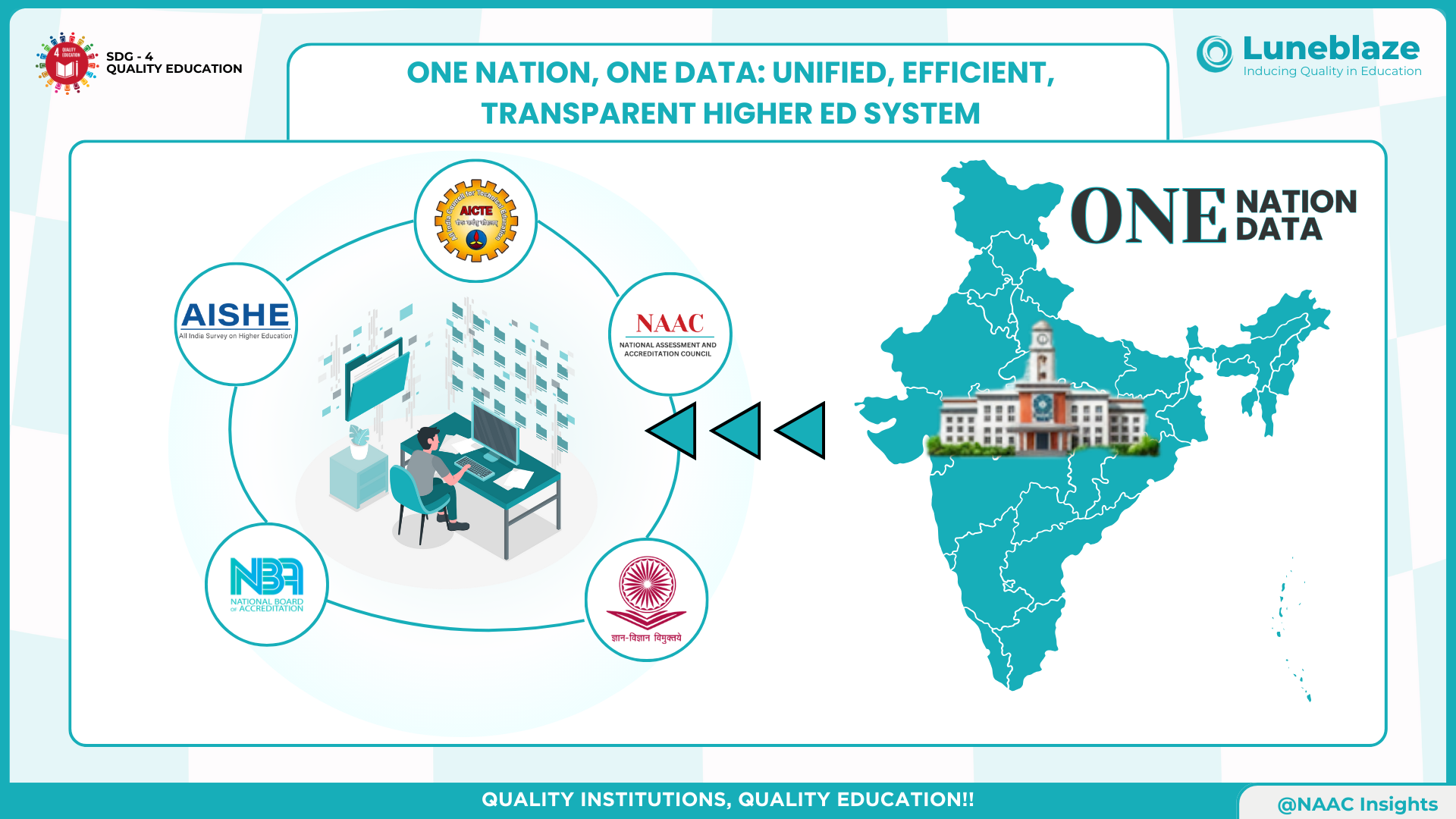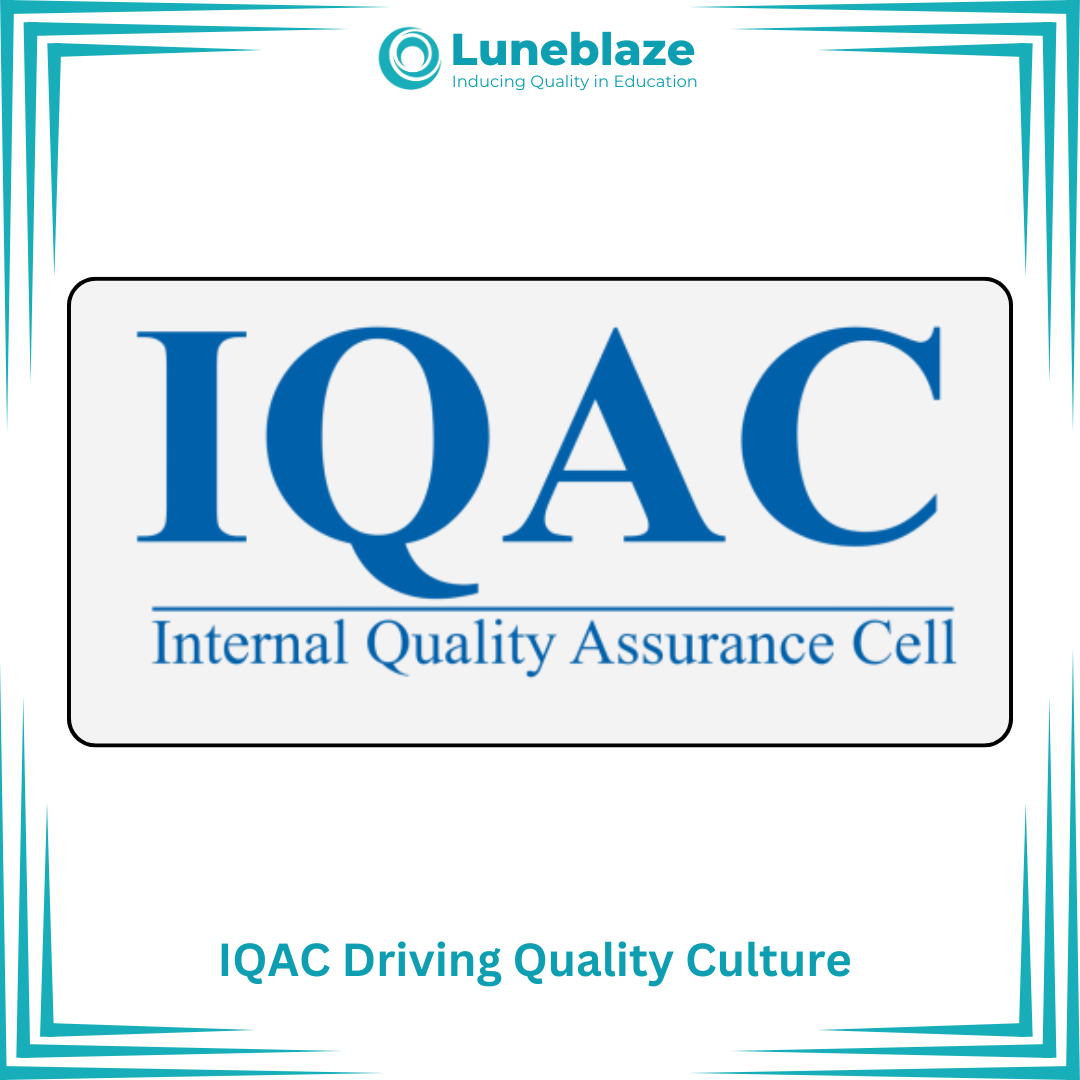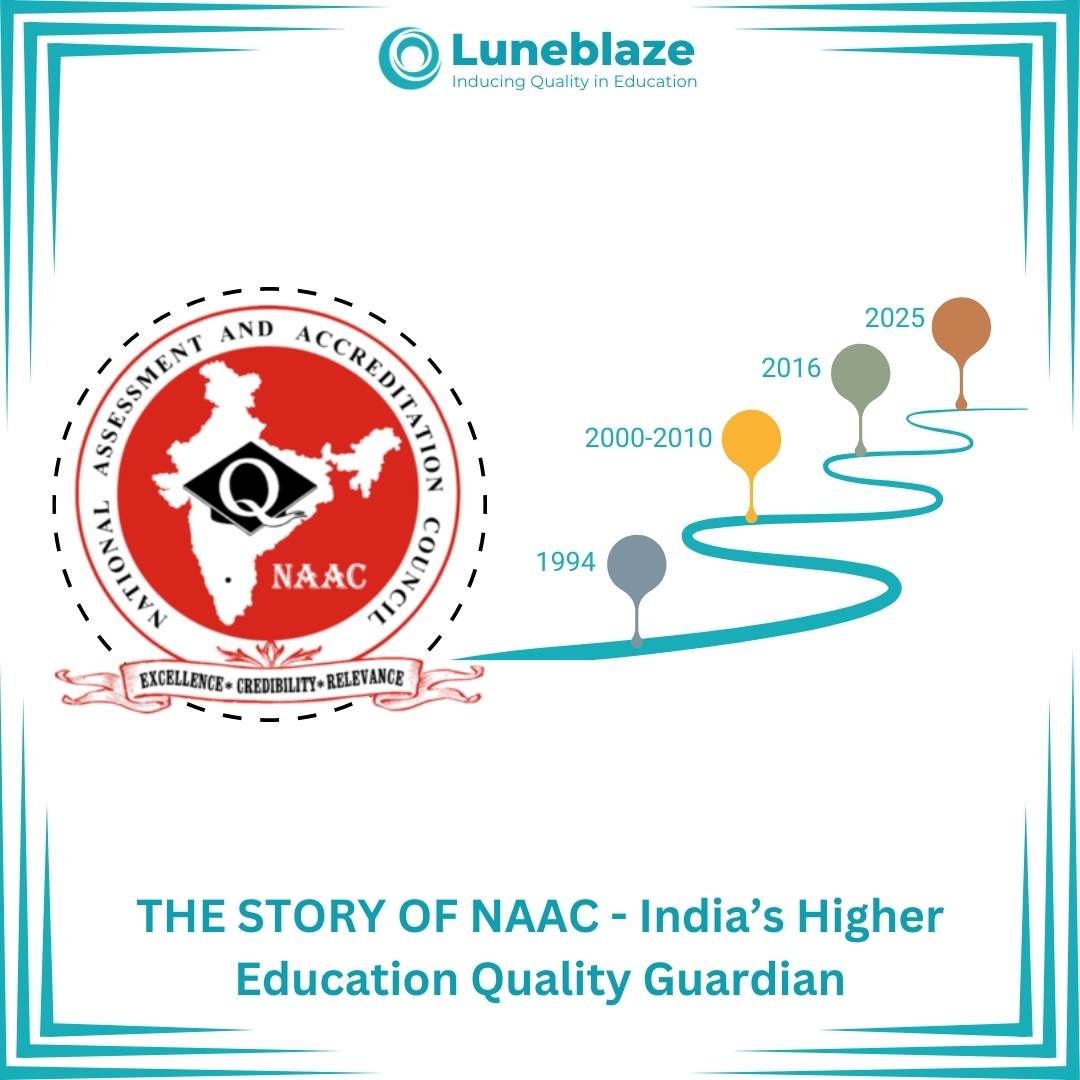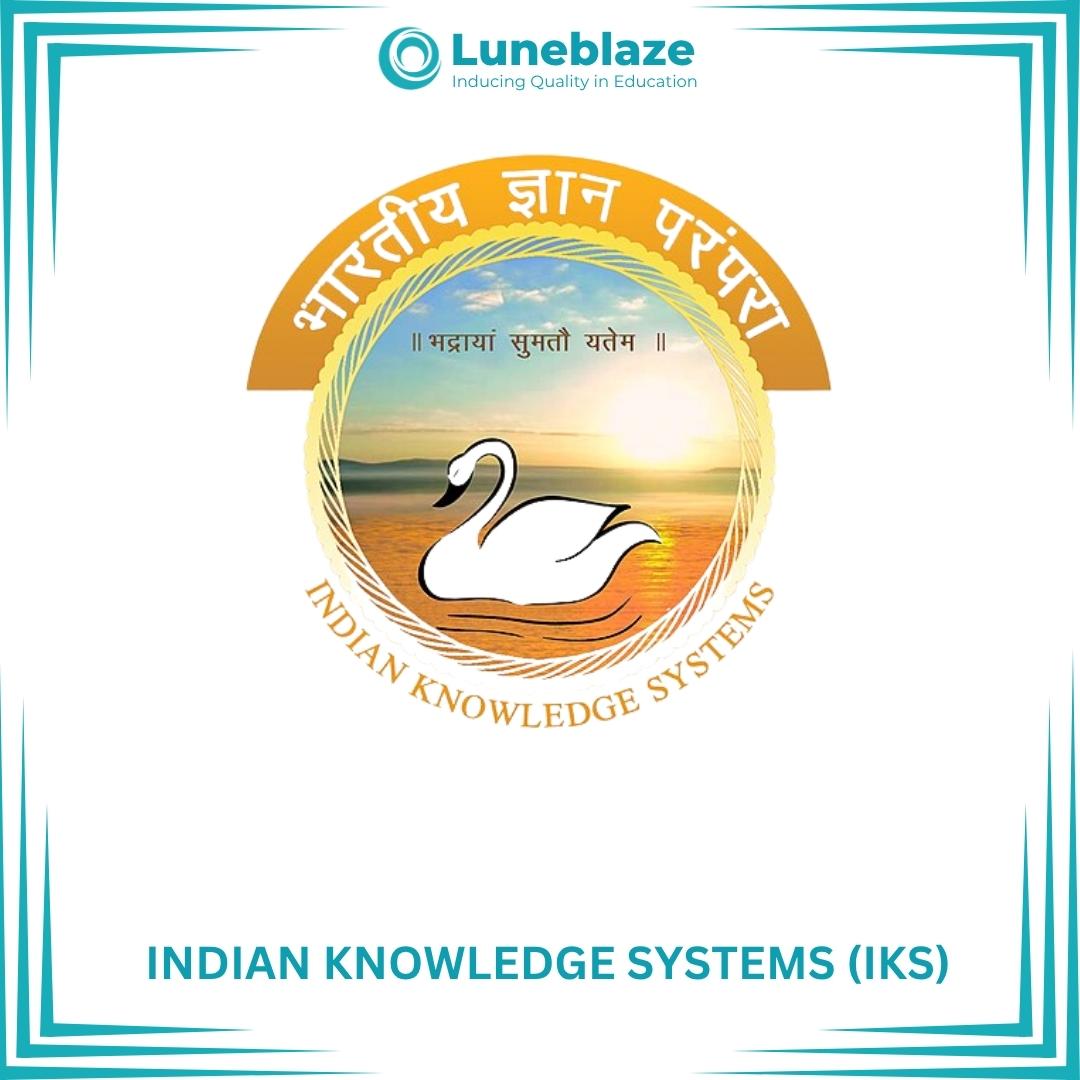One Nation, One Data: Unified, Efficient, Transparent Higher Education System

Sep 17, 2025
India’s higher education system is undergoing one of its most significant overhauls in decades. The National Assessment and Accreditation Council (NAAC), guided by its chairperson and National Educational Technology Forum (NETF) director Anil Sahasrabudhe, has announced sweeping reforms designed to simplify accreditation, improve transparency, and align institutions with global benchmarks.
At the heart of these reforms are two landmark shifts: the move from graded accreditation to a binary model and the launch of the One Nation, One Data initiative. Together, they aim to make the accreditation process more accessible, credible, and inclusive for India’s 50,000-plus colleges and universities.
From Grades to Binary Accreditation
Currently, NAAC awards institutions grades ranging from A++ to D, a system that critics say often confuses stakeholders and discourages participation. Out of over 50,000 colleges in India, only 11,000 have NAAC accreditation and around 1,100 have NBA accreditation.
To change this, NAAC will now classify institutions simply as “Accredited” or “Not Accredited.” Institutions failing to qualify will not be left behind; instead, they will be mentored to meet the required benchmarks. The goal is to set a minimum baseline of quality that every institution can realistically achieve.
This shift also comes with a Maturity-Based Graded Accreditation (MBGA) model, which allows institutions to move beyond basic compliance. Instead of traditional grades, institutions will be assigned levels:
Level 1–2: National Quality Benchmark
Level 3–4: Global Quality Benchmark
Level 5: Global Leader of Excellence
This dual approach—binary accreditation for inclusivity, and MBGA for aspirational growth—ensures that India’s accreditation framework remains both accessible and globally competitive.
One Nation, One Data: Ending Duplication and Errors
Perhaps the most transformative reform is the launch of One Nation, One Data. Until now, higher education institutions had to submit data multiple times a year to different agencies such as AISHE, NAAC, NBA, AICTE, UGC, state governments, and affiliating universities.
This fragmented process led to duplication, inconsistencies, and in many cases, questionable authenticity. According to Sahasrabudhe, only about 200–300 institutions currently submit reliable data, making national rankings and evaluations less representative.
The One Nation, One Data portal will change this by allowing institutions to submit data just once a year. All agencies—NAAC, NBA, NIRF, AICTE, and others—will then access the same validated dataset.
To enhance reliability, AI- and ML-powered tools will flag anomalies and ensure compliance. The National Informatics Centre (NIC) is also working on creating global-quality data parameters, standardising the system further.
This unified framework not only reduces the administrative burden on institutions but also strengthens trust, reliability, and transparency in the accreditation process.
Strengthening Research Through One Nation, One Subscription
Accreditation reforms also extend to research support. The government’s One Nation, One Subscription initiative provides access to 7,000+ premier journals for over 3,500 government-funded institutions, including IITs, NITs, IIITs, and central universities.
This move addresses the disparities in research access between elite and resource-constrained institutions. Colleges in remote regions like Nagaland, Arunachal Pradesh, and Jammu & Kashmir have already reported a significant rise in research output—up to 14 times higher in some cases.
The upcoming Anusandhan National Research Foundation (ANRF) will further fuel research funding, supporting both emerging and established institutions.
Curriculum Reforms and NEP Alignment
The reforms are deeply aligned with the National Education Policy (NEP 2020), which emphasises multidisciplinary learning, sustainability, and 21st-century skills.
The National Credit Framework (CAP 2.0) now expands from STEM to STEAM, aiming to produce “whole brain” graduates with strong foundations in both technical and creative domains. Curricula are increasingly embedding concepts like the circular economy, recycling, and the UN Sustainable Development Goals (SDGs).
Tier 1 institutions, with greater autonomy, are already adopting innovative, employability-focused programs. Tier 2 and Tier 3 colleges, under affiliating universities, are being guided to align with the same benchmarks.
Transparency, Accountability, and Trust-Based Systems
One recurring theme in these reforms is trust. Data templates and accreditation criteria will now be publicly available on institutional websites, ensuring stakeholders—including students and parents—can monitor compliance.
Institutions submitting false data will face strict penalties, including loss of accreditation or exclusion from rankings. This aligns with the NEP’s philosophy of “light but tight” regulation—flexible frameworks coupled with strict accountability for dishonesty.
Moreover, institutions are required to maintain Internal Quality Assurance Cells (IQACs), grievance committees, and anti-ragging cells. These mechanisms are critical not just for accreditation but for ensuring student welfare and institutional accountability.
The Bigger Picture: India’s Global Accreditation Landscape
While Indian institutions often seek international accreditations such as AACSB, AMBA, or EQUIS for brand recognition, the NBA and NAAC are evolving into globally competitive systems.
In fact, NBA’s adherence to the Washington Accord ensures that engineering graduates from accredited institutions meet international quality standards. Similarly, NAAC’s new binary-plus-MBGA model is designed to make Indian accreditation both inclusive and globally relevant.
Student Impact: Why Accreditation Matters
For students, accreditation directly shapes the quality of education, learning environment, and future opportunities. Accredited institutions are more likely to provide better infrastructure, research opportunities, internships, and industry linkages.
Currently, only 18% of Indian colleges are accredited, leaving millions of students in unverified institutions. By expanding participation and improving reliability through One Nation, One Data, the reforms aim to close this gap and ensure every student—whether in a Tier 1 city or a remote town—has access to quality, affordable, and globally recognised education.
Conclusion: Towards a Transparent, Inclusive Future
The NAAC reforms, led by Anil Sahasrabudhe, represent a paradigm shift in India’s higher education accreditation. The shift to binary accreditation, the MBGA model, and the One Nation, One Data initiative are all designed to create a system that is simpler, fairer, and more trustworthy.
With strong alignment to NEP 2020, support for research through One Nation, One Subscription, and a greater emphasis on sustainability and accountability, India is moving closer to building a globally respected education ecosystem.
These reforms are not just about evaluation—they are about transforming the academic culture of the country, ensuring that institutions rise above paperwork and focus on what truly matters: quality education, innovation, and student success.
Stay tuned for more updates on Higher Education Accreditation!
Trusted by
100+
Institutions
worldwide
since 2017
Get started with Accreditation Excellence
Explore how our AI-enabled accreditation solution simplifies the accreditation journey










